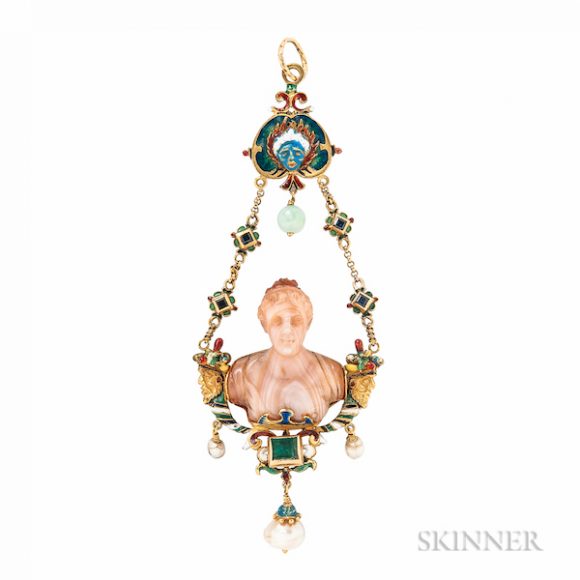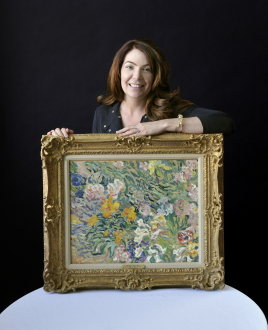November, the month of Thanksgiving, is the traditional time to remind ourselves of how much we have to be grateful for. And just in time, too. Gratitude is a much more beneficial emotion than the uncertainty and anxiety we’ve often felt during recent dramatic events.
The fall season is harvest time, universally celebrated with ceremonies and symbols of gratitude for nature’s abundance. One of most enduring and time-honored of these symbols is the cornucopia, or horn of plenty.
This familiar image has deep historical roots. In Europe and Asia, big horn-shaped baskets were commonly used for gathering produce and nuts. The strong, lightweight containers could be worn over the back or around the waist, leaving the laborer’s hands free to gather the foods that would provide nourishment through the lean months.
Classical mythology wove memorable stories around the cornucopia as a symbol of abundance and nourishment. In one popular tale, Zeus, king of the gods and lord of the sky, had a divine goat as a nursemaid when he was an infant. The playful tot, not knowing his own strength, accidentally broke off one of her horns. That horn henceforth had the magical power of providing unlimited nourishment.
Ever since, the cornucopia has symbolized abundance and the gratitude it inspires. Artisans and artists have lavishly employed the horn of plenty in almost every area of the fine and decorative arts and in a wide array of materials. (It’s even a motif in contemporary fantasy literature, featuring in Terry Pratchett’s “Discworld” series and in “The Hunger Games” books and movie.)
Closer to home, the dining room is intimately associated with the concept of plenty, and the cornucopia is a frequent presence there. Chairs and benches display stenciled representations. Federal period sideboards and wine cellars are often embellished with inlays of the same motif.
Three-dimensional cornucopias in ceramic, glass and metal are a recurrent feature of dining room décor. Prominent there are candelabra in the form of a graceful figure holding a horn of plenty from which the candle cups grow. Examples abound in Majolica, Meissen, Wedgwood, Minton and more.
Also popular are ceramic wall pockets to hold the flowers and greenery that are part of harvest plenty. And silver and glass tabletop ornamental cornucopias offer nuts and sweets to nourish both eye and body.
Textiles afford ample opportunity to display the horn of plenty. Seventeenth-century quillwork, 18 th-century crewel embroider, and 19 th-century hooked rugs and woven coverlets all attest to the enduring appeal of the symbol of bounty.
Because of their association with classical mythology, cornucopias are a regular motif in Renaissance jewelry and that of the Renaissance Revival in the mid- to late-19th century. Admired for their graceful shape and symbolic association with all forms of wealth, horns of plenty are often incorporated into pendants and brooches.
A close look around our homes, in public spaces and in works of art will reveal the cornucopia embellishing a wide array of objects. It’s found on the frames of paintings and mirrors and on the state seals of Idaho and North Carolina. It adorns possessions both homely and high style, from a scrimshaw busk made by a whaler to an elegant Edwardian diamond-and-platinum magnifying glass.
Gratitude for nature’s gifts is the heart of Thanksgiving. Now is a perfect time to think about all we have to be grateful for as we admire some of the many artistic expressions of the ancient but always contemporary symbol of abundance.
For more, contact Katie at kwhittle@skinnerinc.com or212-787-1114.


